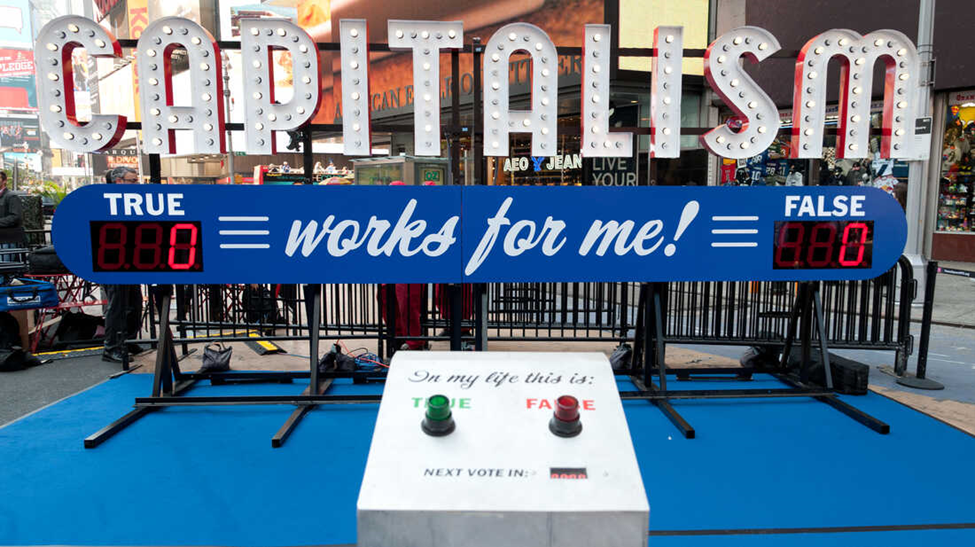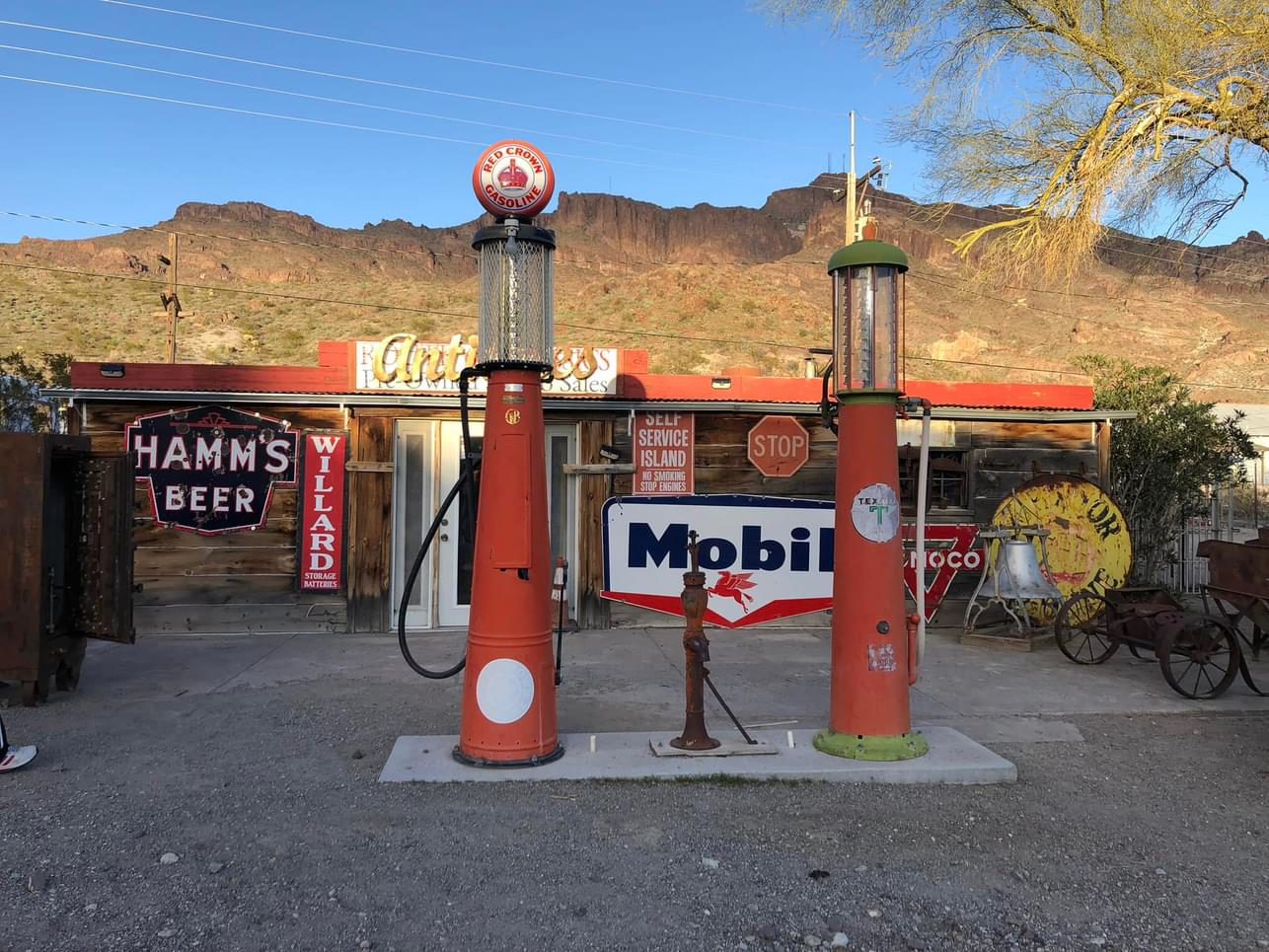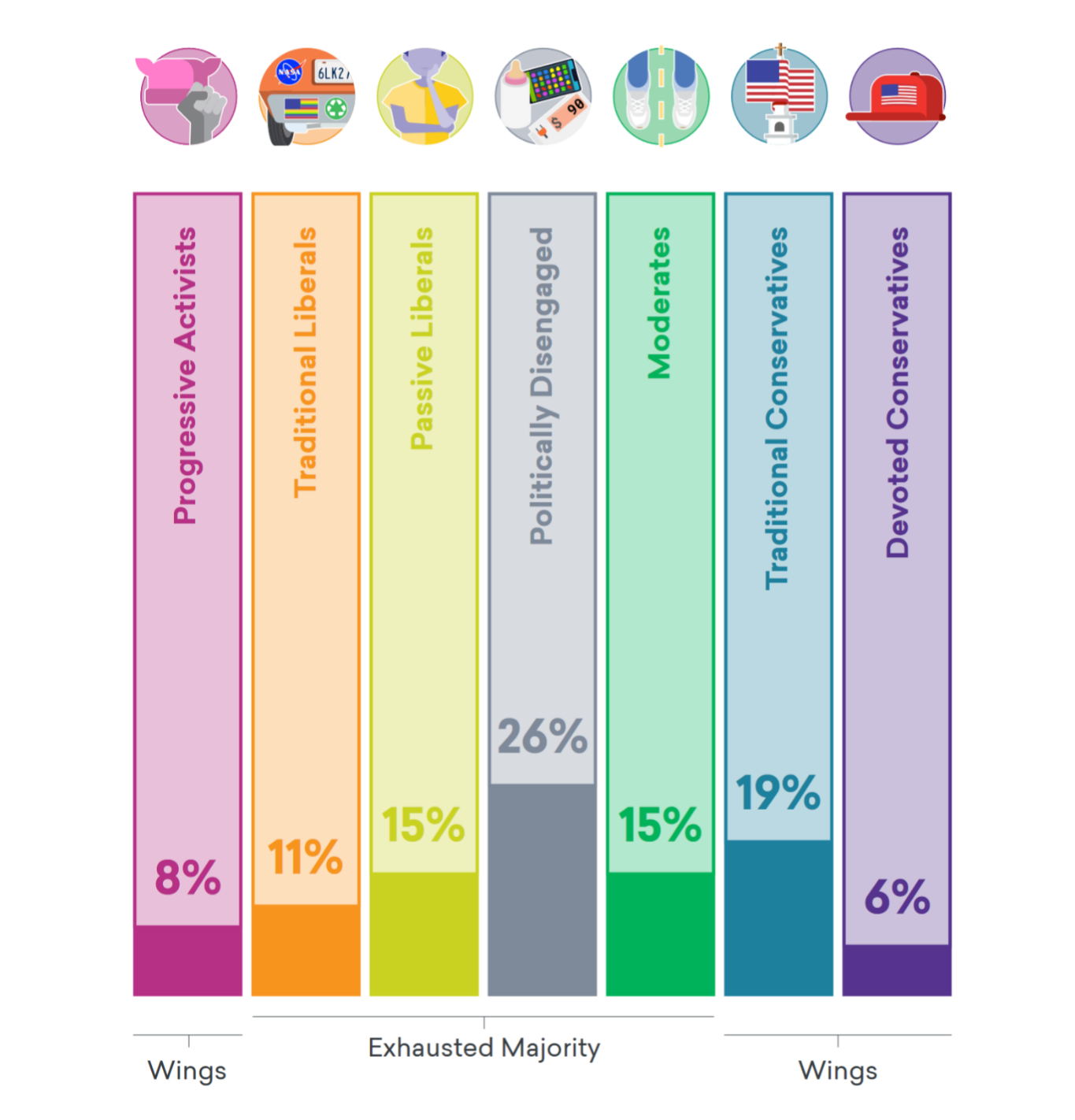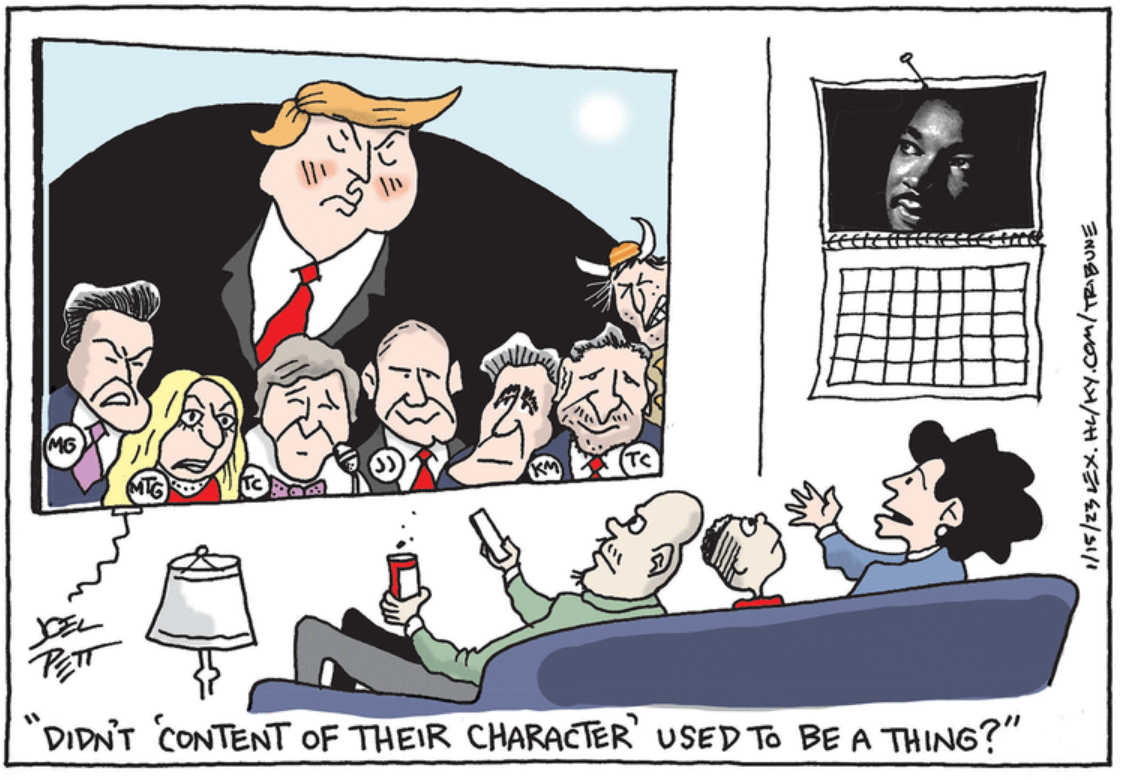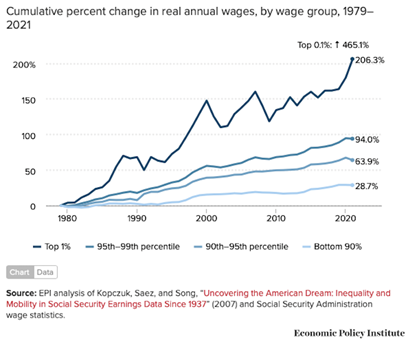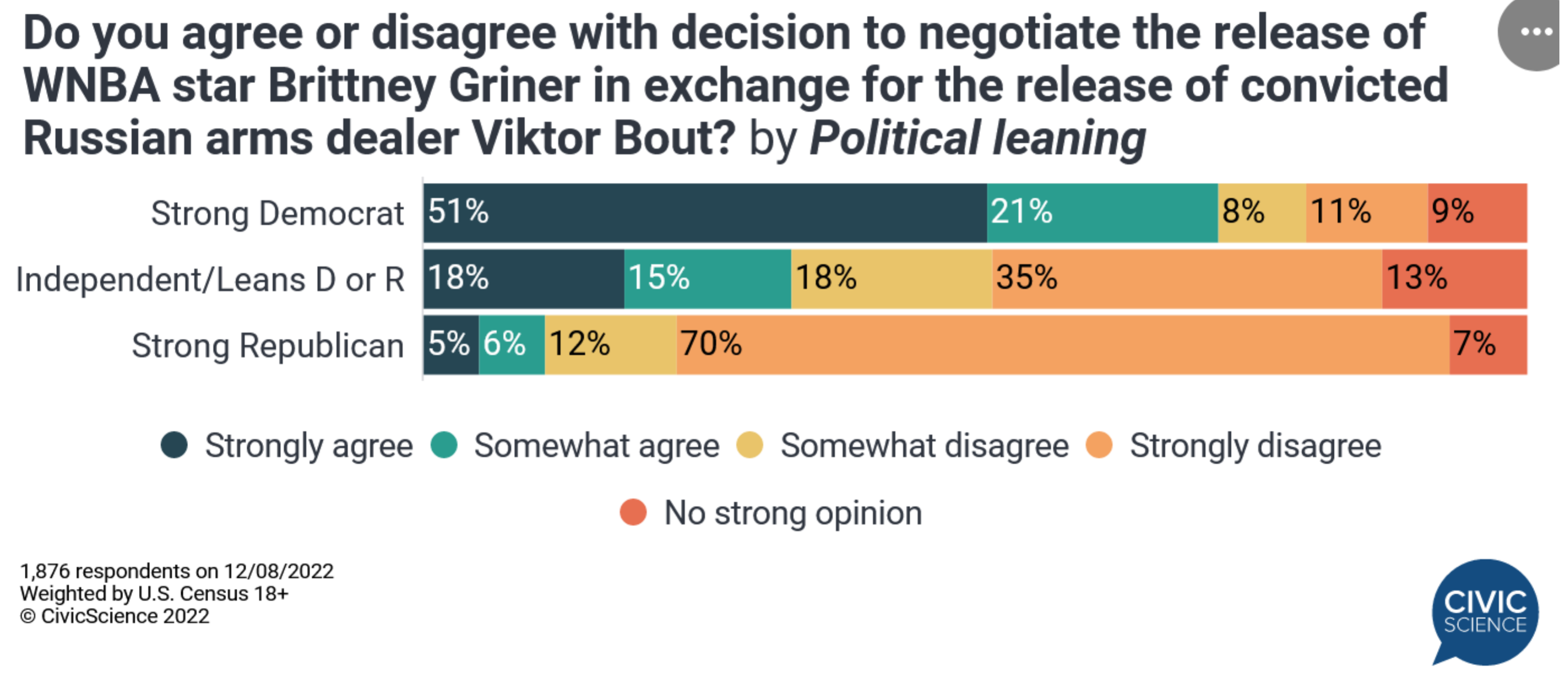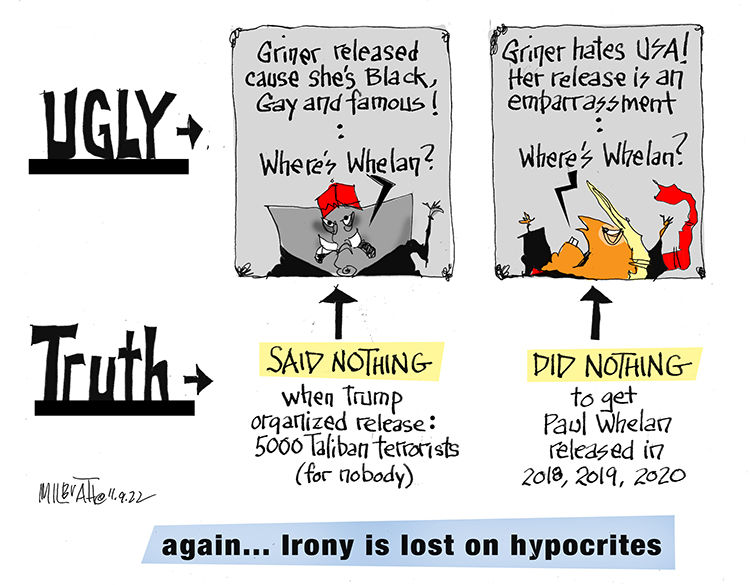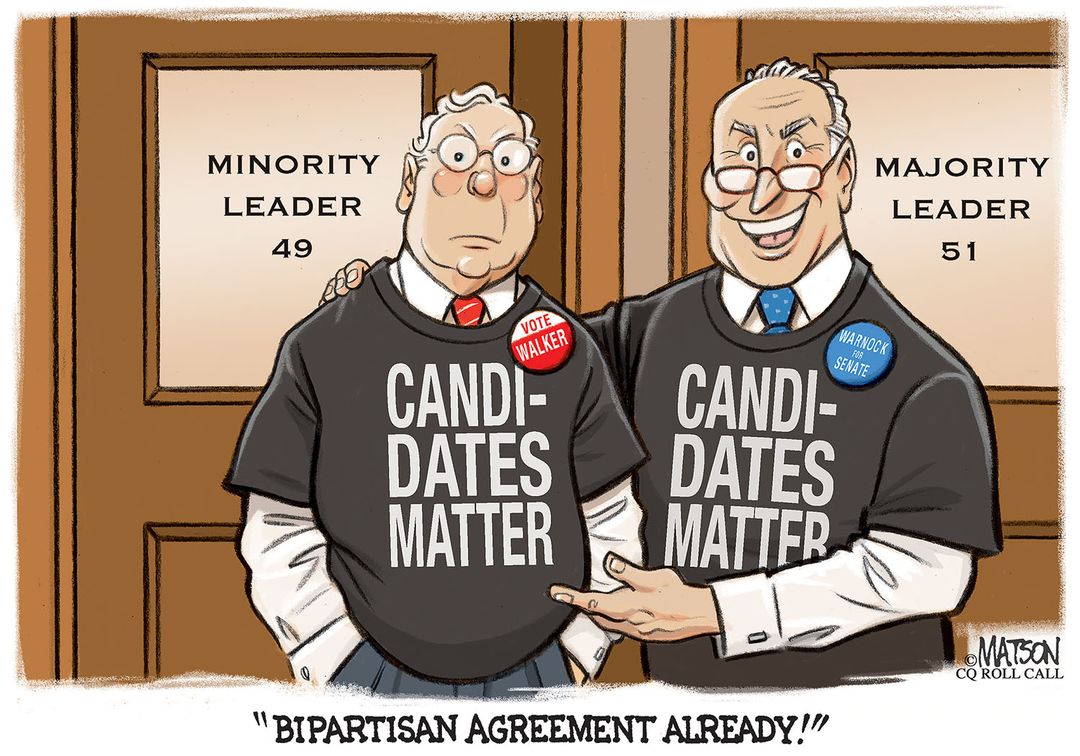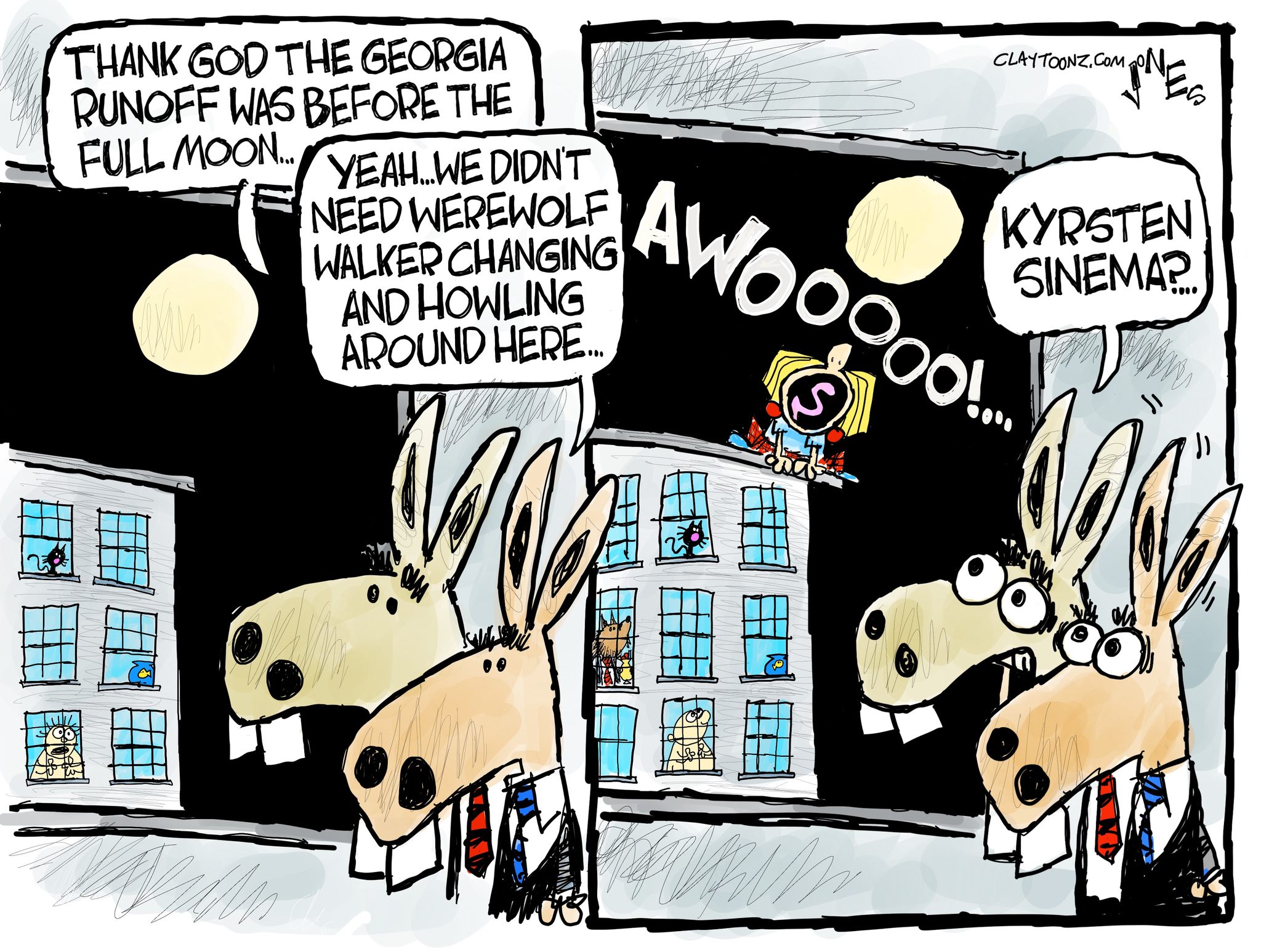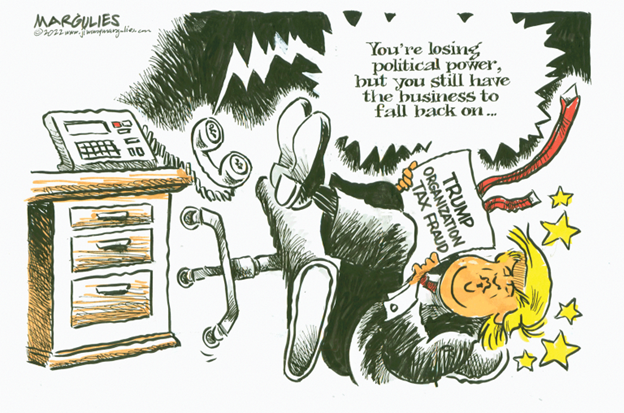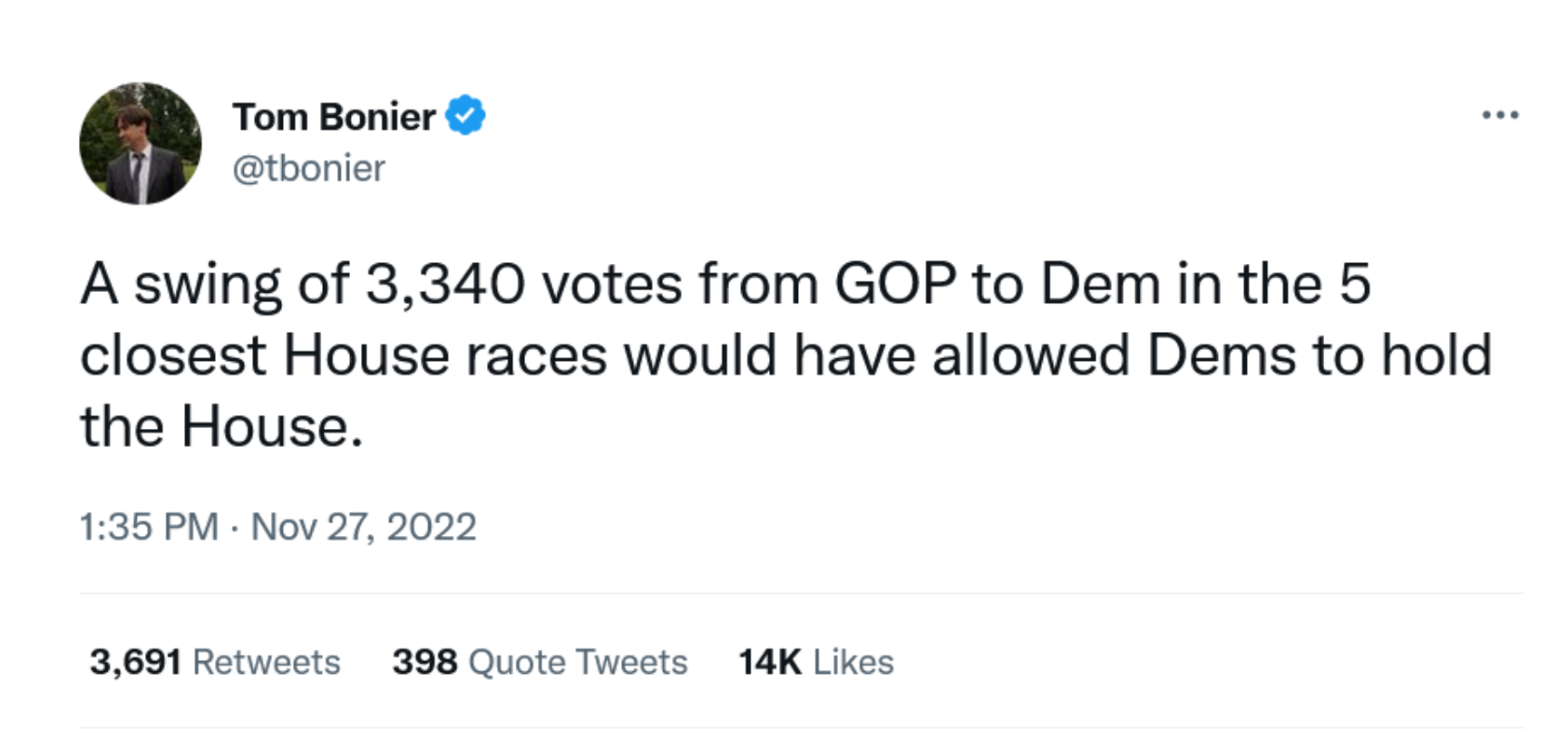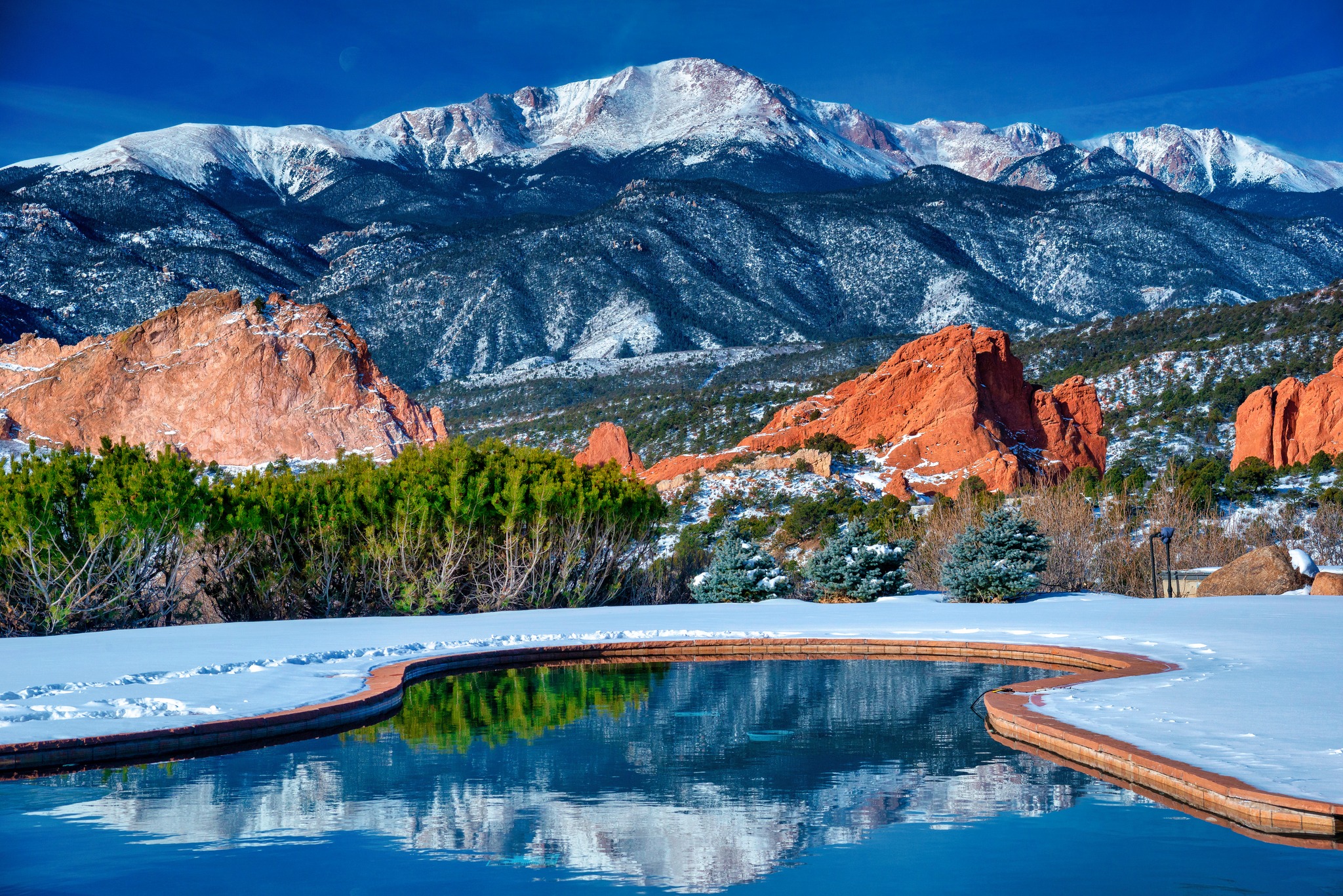The Daily Escape:

Daffodils, Laurel Ridge, Litchfield CT – May 2023 photo by Dave King
The oil industry enjoys special economic status in the US. That is demonstrated by the tax breaks and outright subsidies we give them. Hannah Dunlevy notes that:
“In 2020, the explicit and implicit fossil fuel subsidies cost the United States $662 billion, around $2,006 per capita. Cutting just two tax breaks for the fossil fuel industry — the intangible drilling costs subsidy and the percentage depletion tax break — could generate $17.9 billion in government revenue over ten years, according to Congress’s non-partisan Joint Committee on Taxation.”
Biden’s fiscal year 2024 budget proposed cutting some of tax subsidies for oil and gas companies, which would save the US $31 billion over ten years. It will probably not survive the current Debt Ceiling and budget discussions.
One hidden subsidy that the oil industry enjoys is when wells are no longer productive – they are idled. If it’s no longer profitable to return idled wells to production, they need to be plugged. And the cost of plugging a well can be $100,000 or more.
The problem is that when wells start to decline, they are sold by Big Oil to smaller producers. When the well is sold, the plugging and cleanup liability passes to the new buyer. And often, the new buyer simply walks away from the uneconomic well, creating what the industry calls “orphaned wells”. But if a company doesn’t plug its wells before walking away, the cleanup costs will ultimately fall to taxpayers and current operators.
This has already happened with thousands of wells in California and may happen to millions more across the country. Pro Publica reports that there are more than two million unplugged oil wells scattered across the US. California is just the tip of the iceberg.
Petroleum reservoir engineer Dwayne Purvis laid out the reality at a recent conference. His research shows that more than 90% of the country’s unplugged wells are either idle or minimally producing and unlikely to make a comeback.
California is the canary in a coal mine. Shell and ExxonMobil recently agreed to sell more than 23,000 California wells which they owned through a joint venture, to a German asset management group IKAV for an estimated $4 billion. This means that a subsidiary of IKAV now owns about a quarter of California’s oil and gas production, largely in Kern and Ventura counties.
This ownership shift moves the subsequent environmental liability from Big Oil powerhouses to firms with smaller capitalization, increasing the risk that aging wells will be left orphaned, unplugged and leaking oil, brine and methane. For California and other states, this could repeat what was seen in coal mining, which led to taxpayers bearing all of the cleanup costs.
The oil industry has created layers of LLCs that are used to screen Big Oil from the dirty end of the oil business, like responsibility for cleaning up the messes that they make. And these firms can easily declare bankruptcy rather than pay for cleaning up orphan or idle wells.
ProPublica reports on an analysis by Carbon Tracker Initiative, a financial think tank that used the California regulators’ draft methodology for calculating the costs associated with plugging oil and gas wells and decommissioning them along with their related infrastructure.
The cost categories included plugging wells, dismantling surface infrastructure and decontaminating polluted drilling sites. That would cost California about $13.2 billion. Adding inflation and the price of decommissioning miles of pipeline could bring the total cleanup bill to $21.5 billion.
Meanwhile, Purvis estimates that California oil and gas production will earn only about $6.3 billion in future profits over the remaining course of operations; nowhere near sufficient to pay for the cleanup, even if those profits could be captured by the state.
That’s just California. These costs are what economists call “Externalities”. An externality is an indirect cost (or benefit) to a party (taxpayers) that arises as an effect of another party’s (Oil Companies) economic activity. The problem is that the price of their product doesn’t include the externalities. That means there is a gap between the profit of these corporations and the aggregate loss to society as a whole.
Republicans have a tried and true solution for this problem. Taxpayers pay the bills. We’re back to the “privatize profit, socialize the losses” game that corporations have played forever. Maybe the correct terminology should be socialism for the rich.
They prefer to call it keeping government off the backs of job creators.
Time to let go of California’s messy problem and find a few minutes to center ourselves before next week which will bring either financial Armageddon, or a diminished Biden. At the Fields of Wrong, we had a freeze last Wednesday that caused us to cover the newly planted vegetables and bring the Meyer Lemon tree indoors. Spring in Connecticut can always show up with a backtracking nod towards winter.
But on this rainy Saturday, grab a chair by a big window and listen to Debussy’s “Nuages” (‘Clouds’) from his “Trois Nocturnes”. Leopold Stokowski and the Philadelphia Orchestra made the first American recording of Debussy’s “Three Nocturnes” for a 1950 LP.
Here is the first “Nocturne”, a musical impression of slow-moving clouds:


